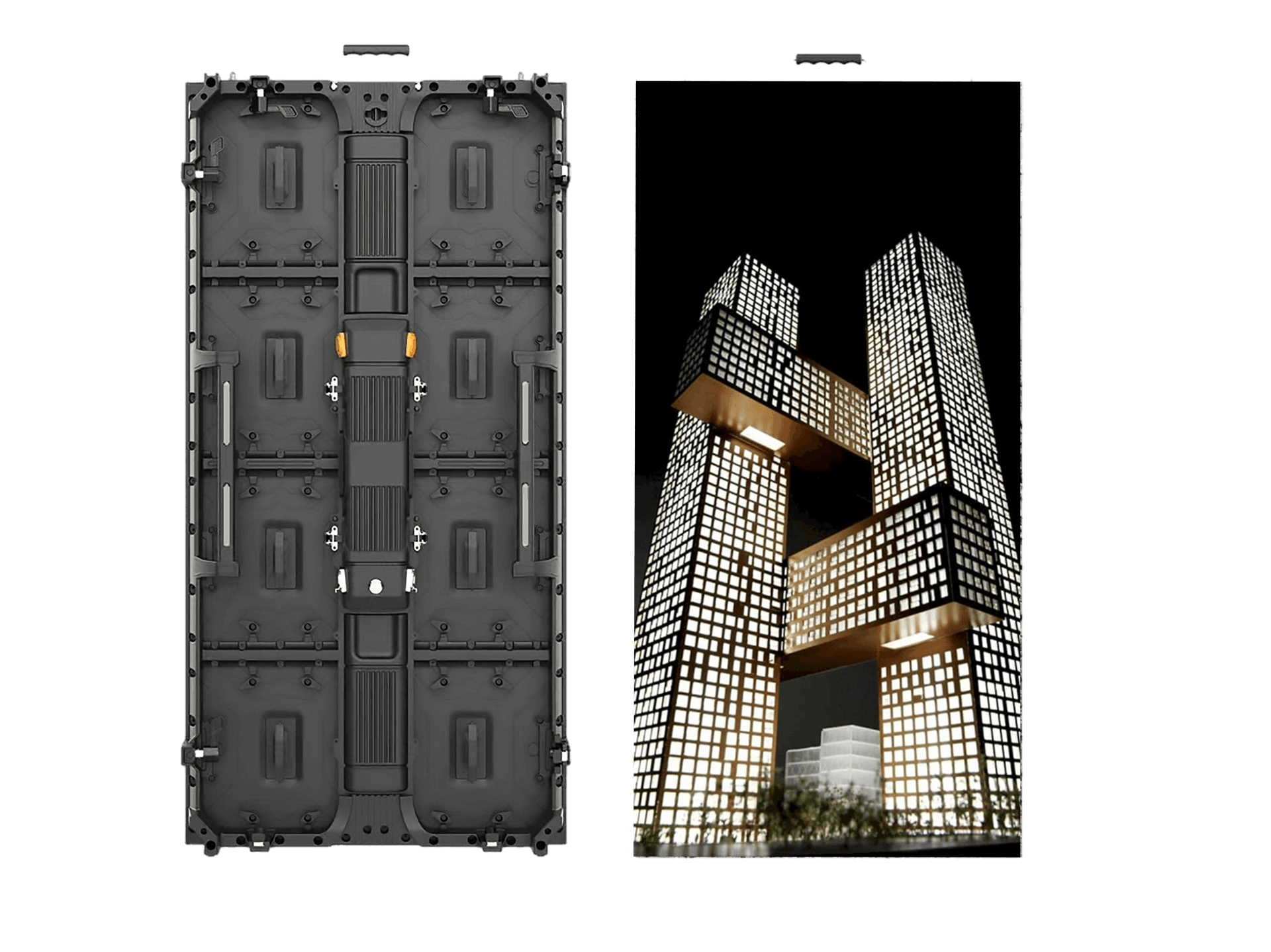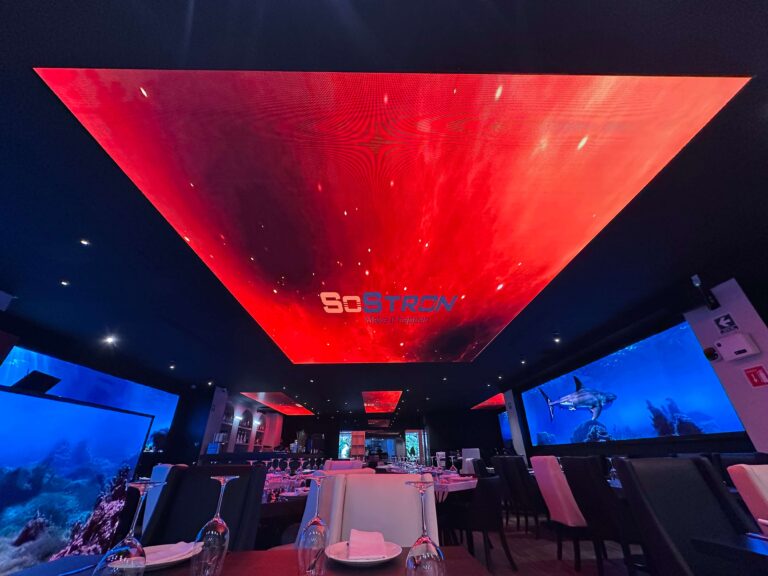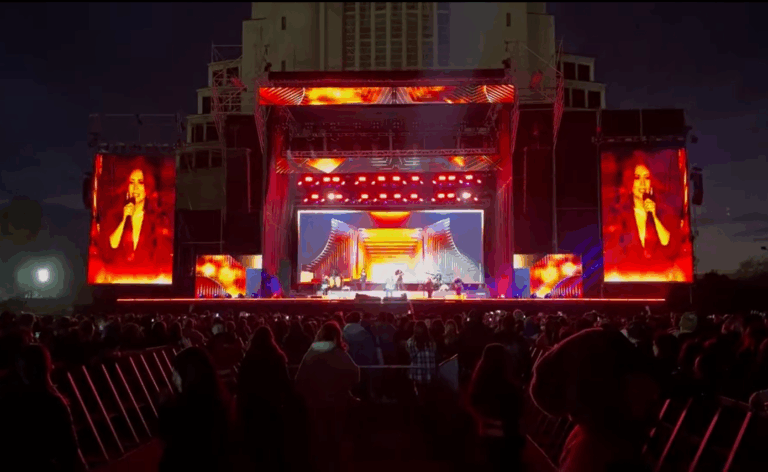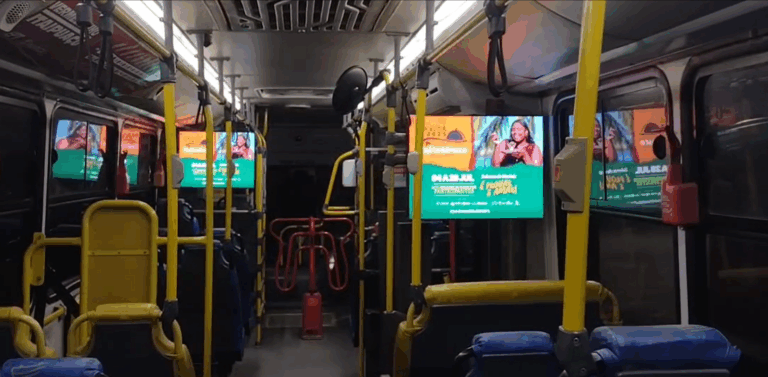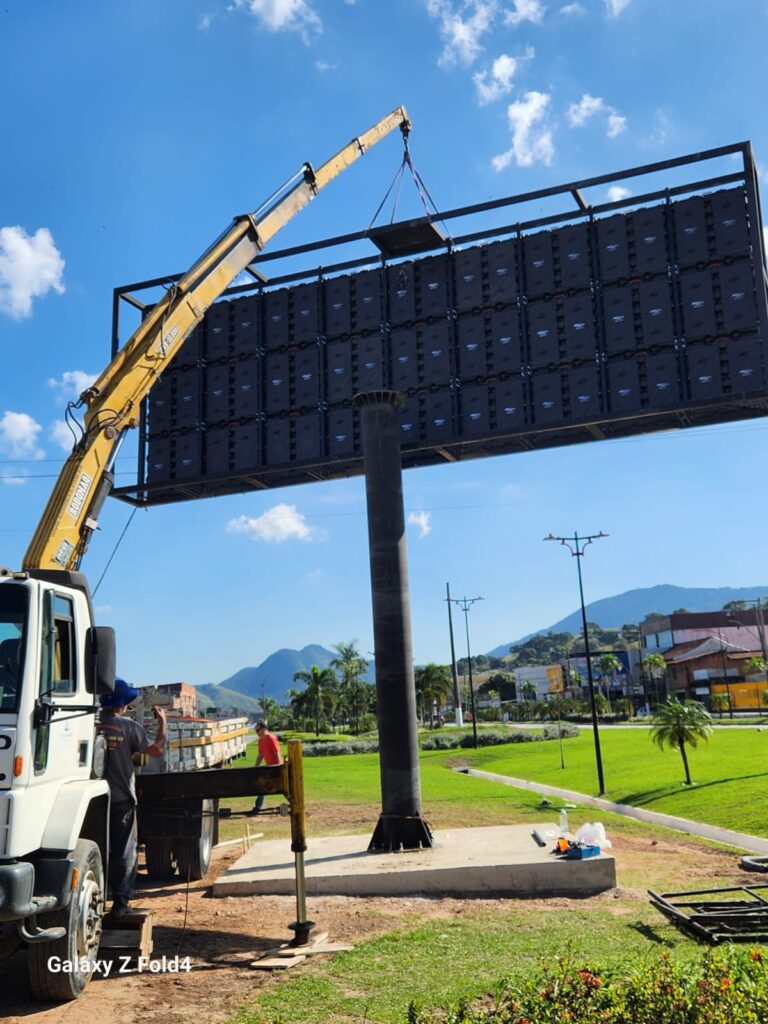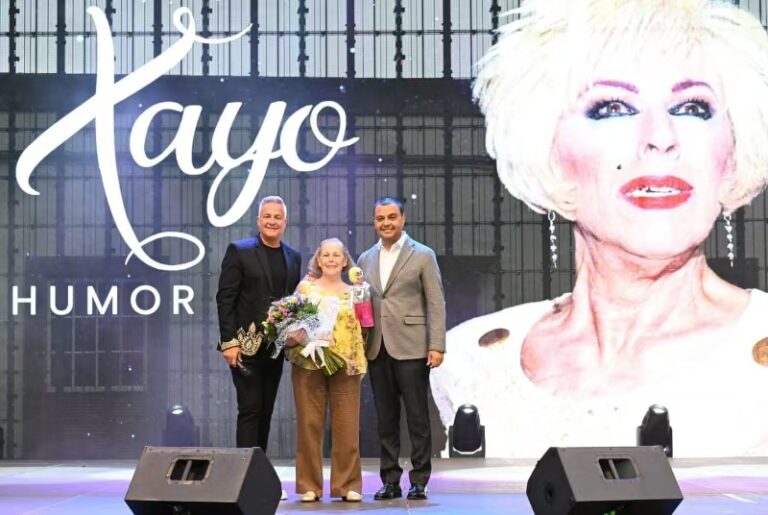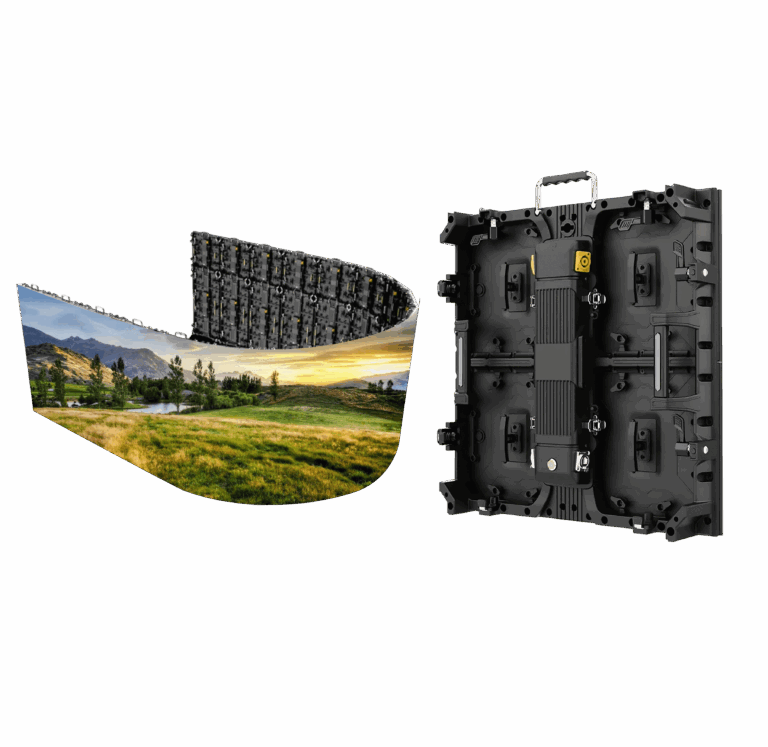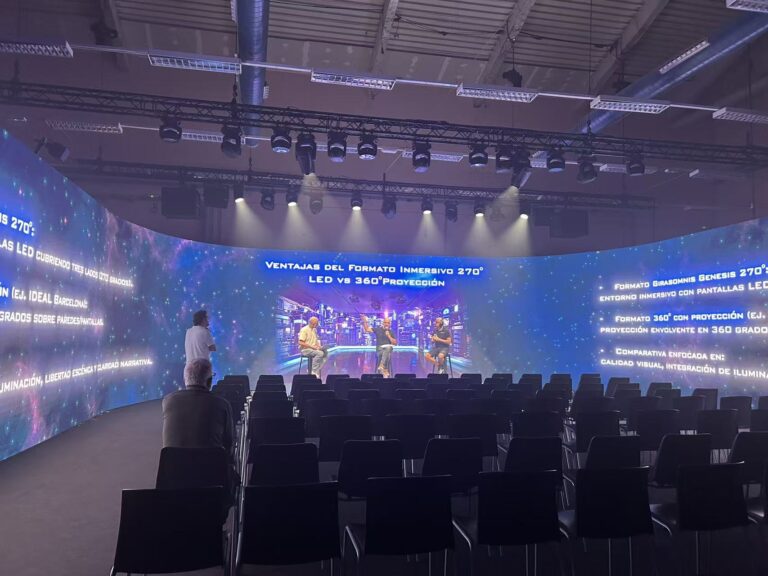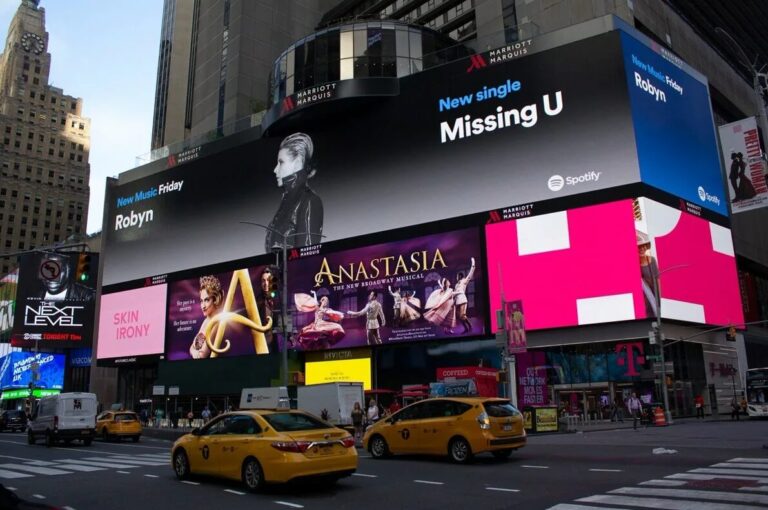Welcome to browse our LED display screen product page!
We offer various high-quality LED display screens, including indoor, outdoor, rental, transparent, small pitch, and creative screens, meeting your display needs for different scenarios.
sPad Pro 2
Indoor & Outdoor Rental Curved LED Display | Perfect for Stage & Events
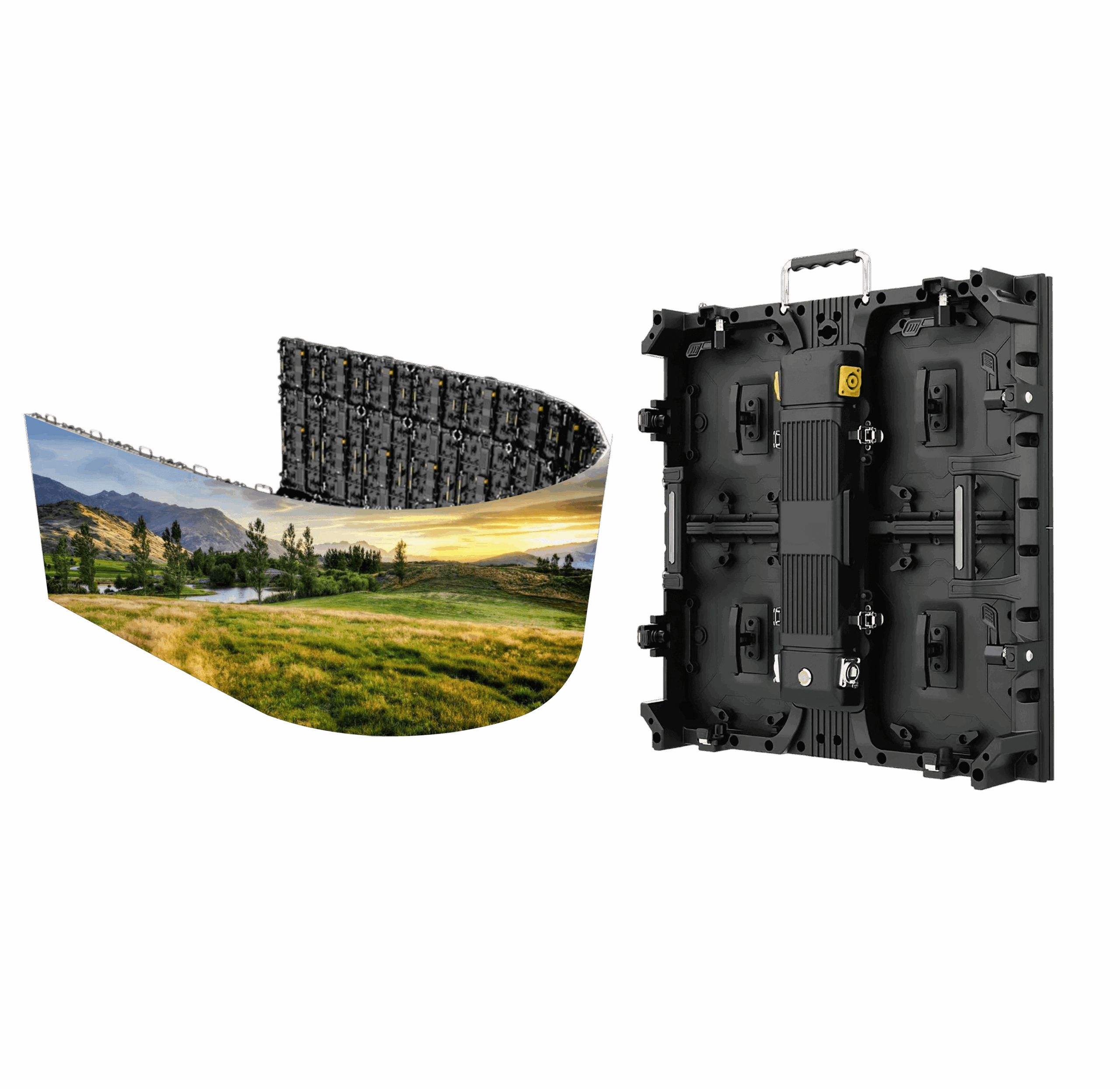
Ultra-Lightweight & Slim Design for Easy Handling
Each display panel features an ultra-lightweight and slim design, making it easy for a single person to handle and install. This not only significantly reduces transportation costs but also greatly improves on-site efficiency, streamlining your event preparation.
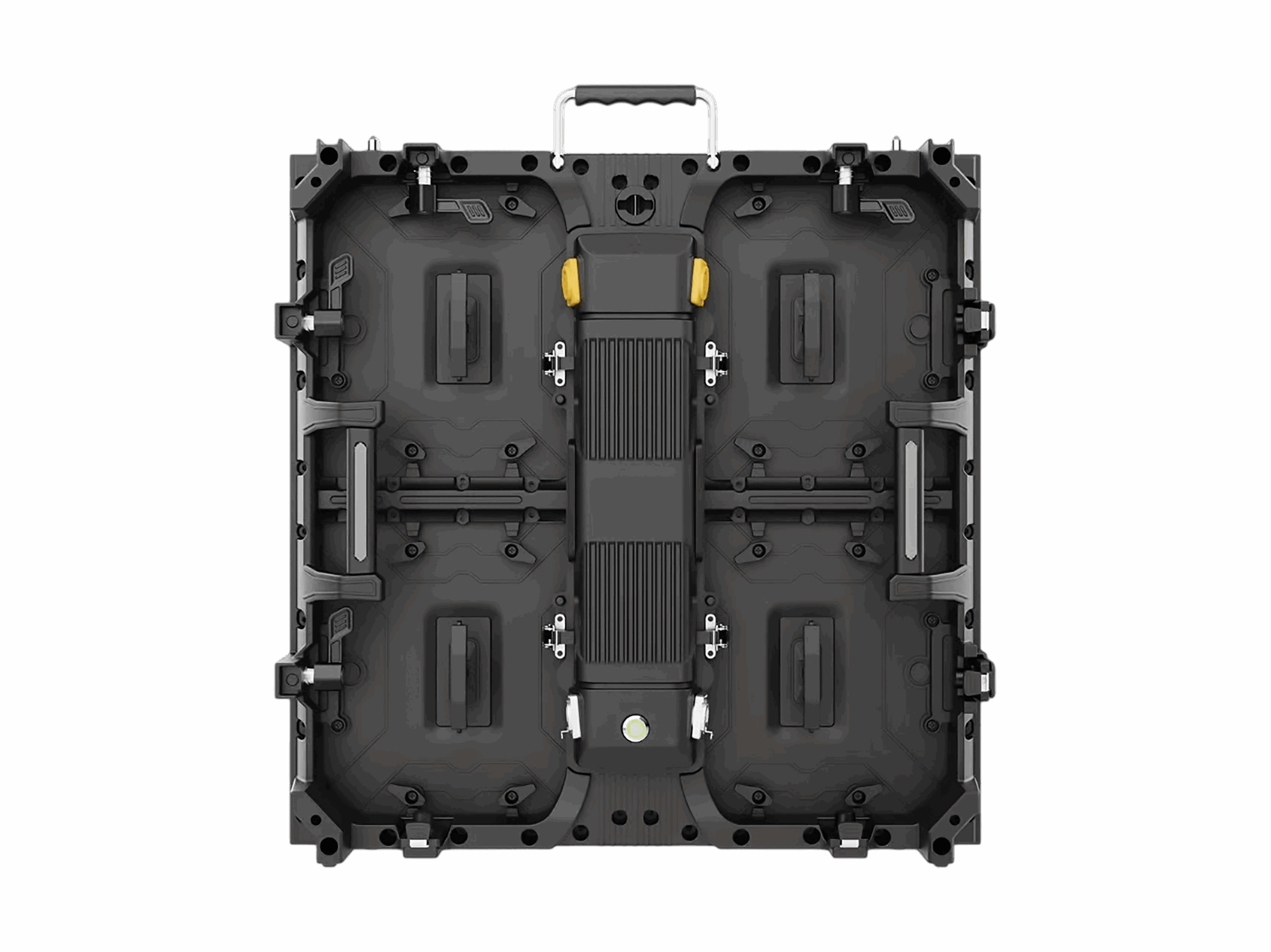
Flawless In-Camera Performance
The sPad Pro 2 delivers a flawless visual effect for both live audiences and through camera lenses. With a high refresh rate and deep black technology, it eliminates moiré patterns and scanning lines, ensuring a perfect image for all shooting environments.
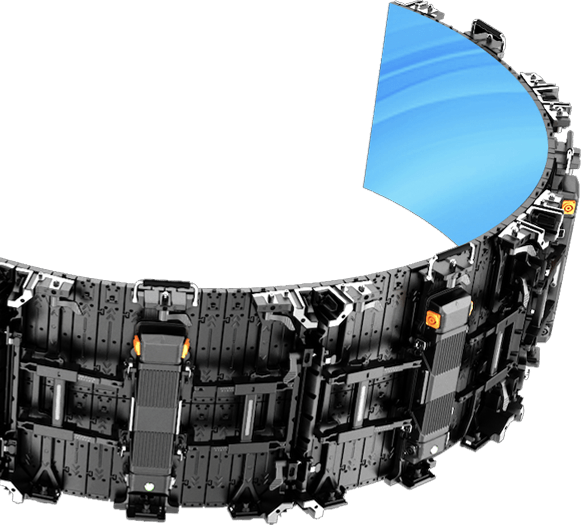
Engineered for Stage Productions: Build Large LED Walls with Speed & Ease
The SPAD Pro 2 is built for efficient stage setup, allowing you to quickly and easily construct massive LED walls. It offers flexible hanging and stacking options, and its unique corner protectors safeguard the delicate lamp beads from damage during
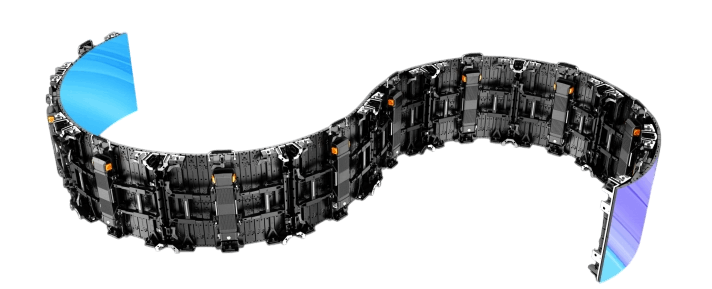
Born for Stage Productions, Built for Speed
The sPad Pro 2 is engineered for efficient stage setups, allowing you to quickly and easily construct massive LED walls. It offers flexible hanging and stacking options, and its unique corner protectors safeguard the delicate lamp beads from damage during transport and installation.
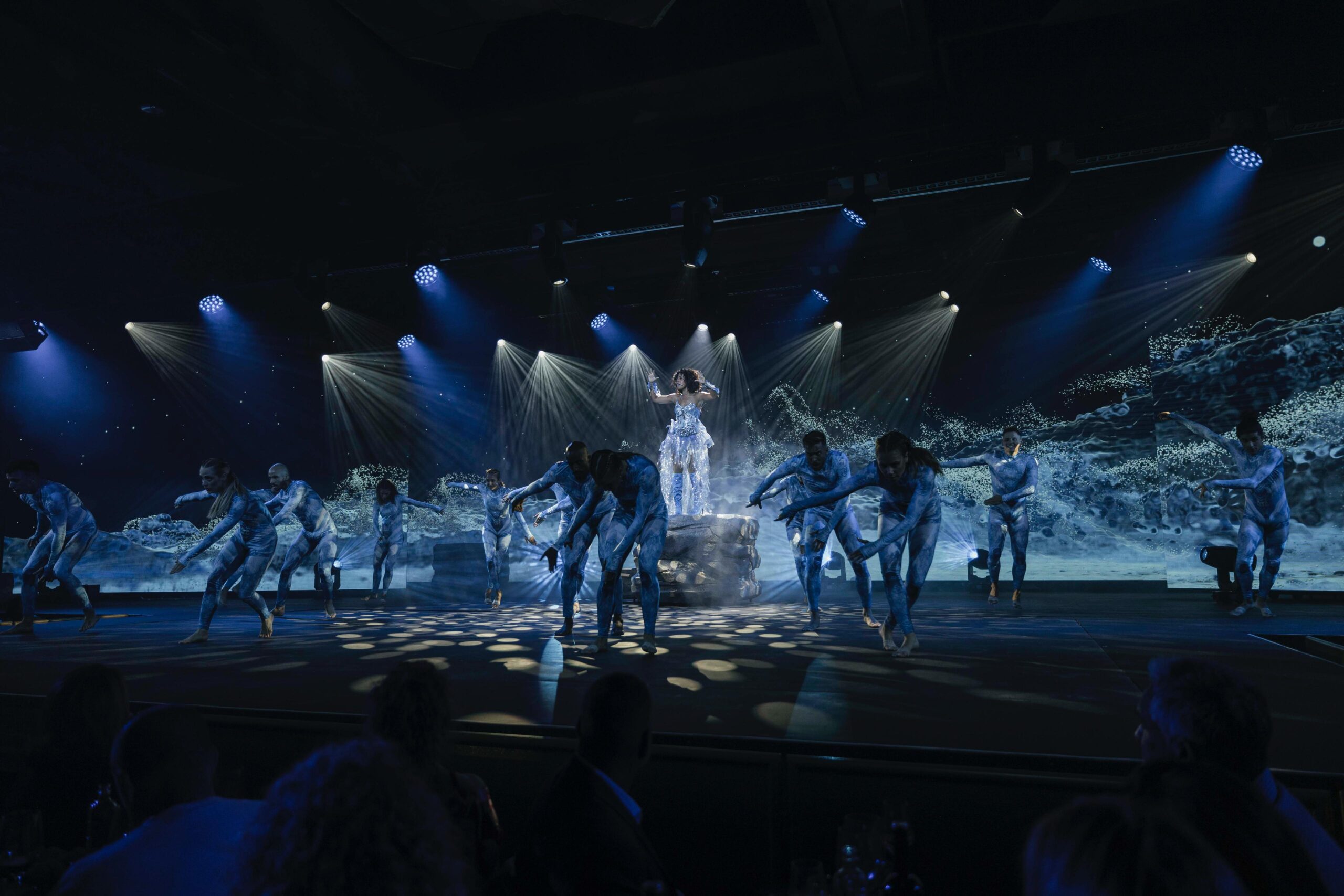
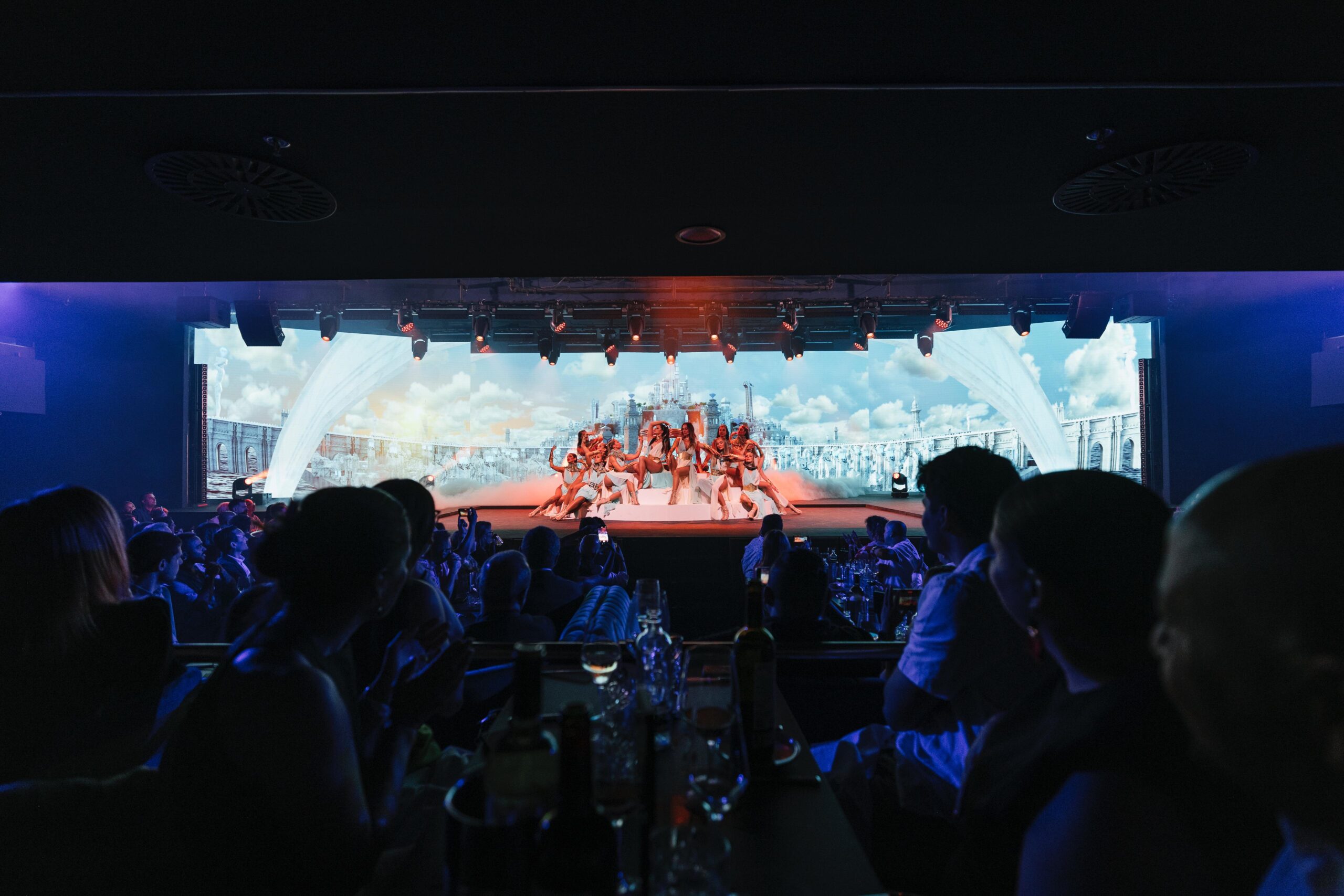
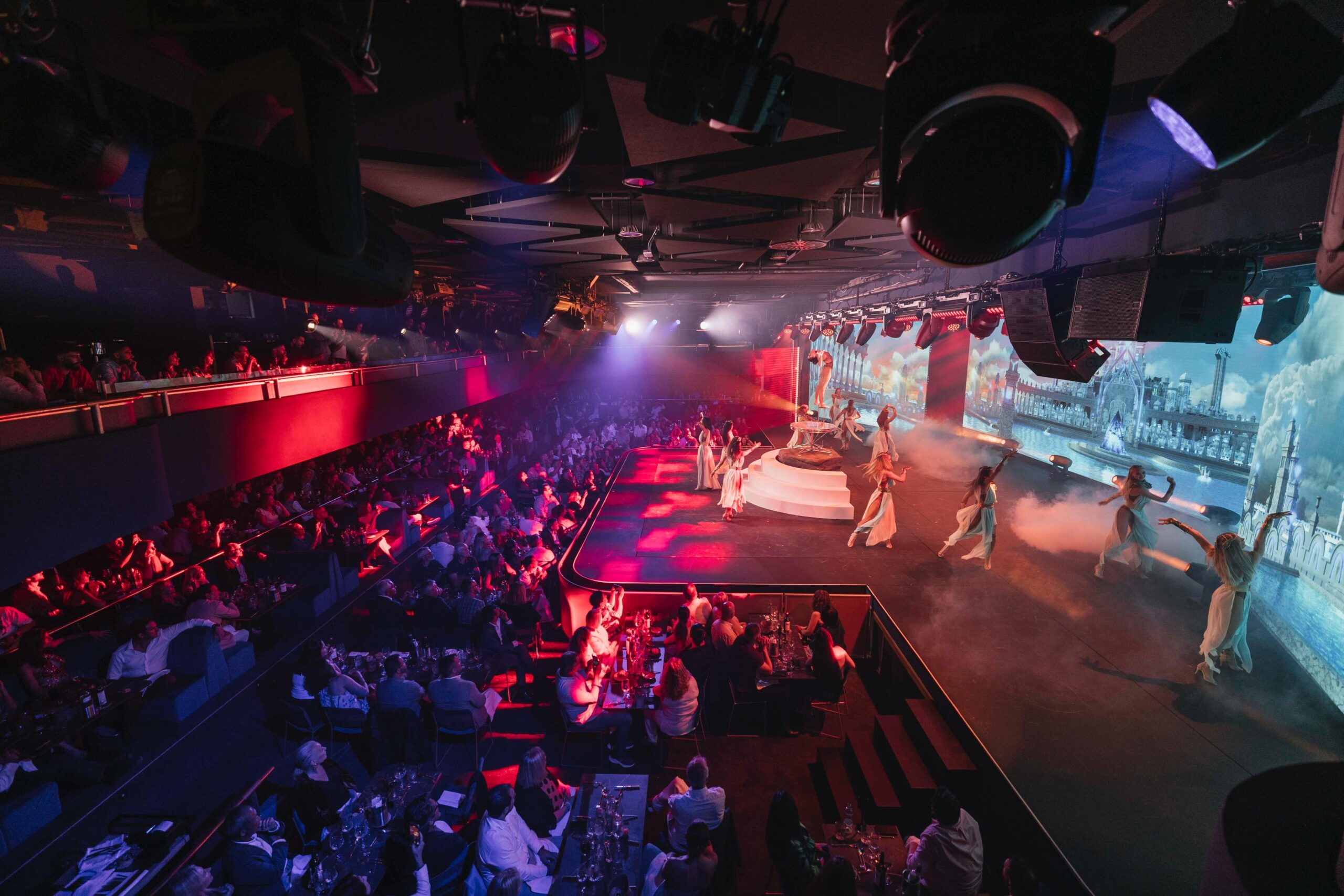
sPad Pro 2 size drawing
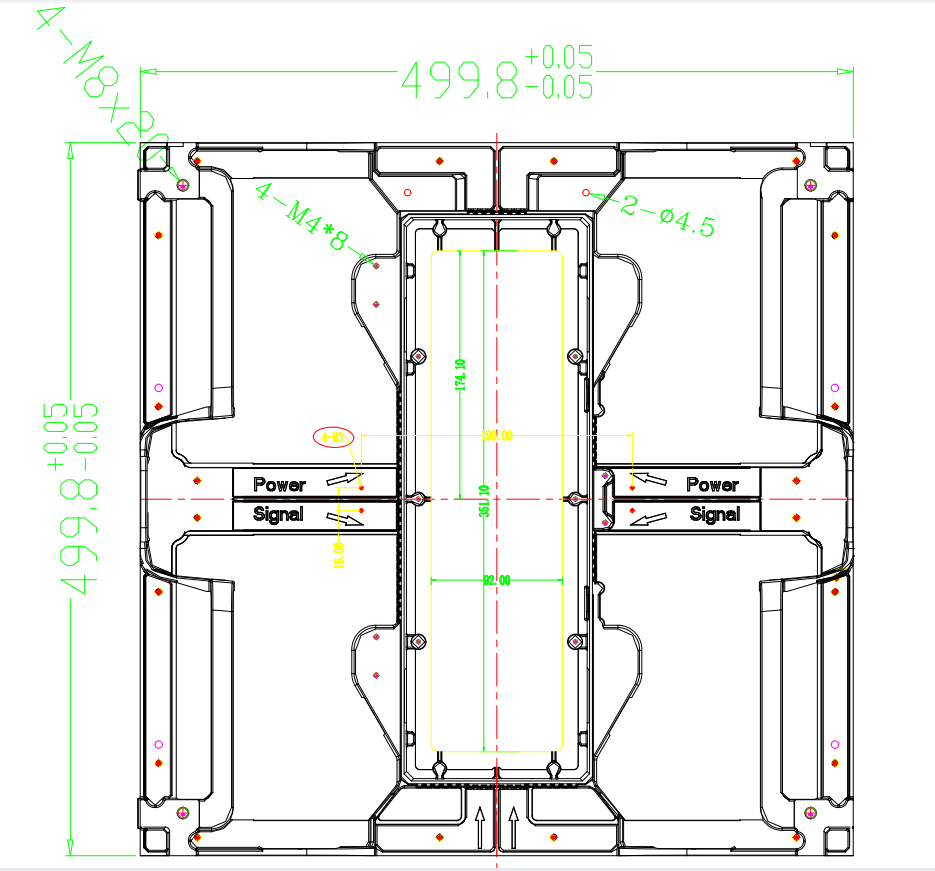
| Pixel pitch (mm) | 1.9 | 2.9 | 3.9 | 4.8 | ||
|---|---|---|---|---|---|---|
| Application scenarios | Indoor | Indoor/Outdoor | Indoor/Outdoor | Outdoor | ||
| Model | PI-1.9-500x500mm | (PI-2.9-500x500mm/PO-2.9-500x500mm) | (PI-3.9-500×500/1000mm/PO-3.9-500x500mm) | PO-4.8-500×500/1000mm | ||
| LED | SMD1515 | (SMD2020/SMD1415) | (SMD2020/SMD1921) | SMD1921 | ||
| Density (dots/sqm) | 262144 | 112896 | 65536 | 43264 | ||
| Module resolution (dots) | 16384 | 7056 | 4096 | 2704 | ||
| Module width (mm) | 250 | 250 | 250 | 250 | ||
| Module height (mm) | 250 | 250 | 250 | 250 | ||
| Cabinet width (mm) | 500 | 500 | 500 | 500 | ||
| Cabinet height (mm) | 500 | 500 | 500 | 500 | ||
| Cabinet depth | 75 | 75 | 75 | 75 | ||
| Resolution (dots) | 69252 | 29727 | 16437 | 10851 | ||
| Weight (kg) | 7.5 | (7.5/8) | (7.5/12.5/8/13) | (7.5/14/8/8/8/13) | ||
| Material | aluminium | aluminium | aluminium | aluminium | ||
| Maintain | Front rear | Front rear | Front rear | (Front rear/Front/Front/Front rear) | ||
| IPX | IP43 | (IP43/IP65) | (IP43/IP65) | (IP43/IP65/IP65/IP65) | ||
| Max brightness (cd/sqm) | 1000 | (800/4500) | (1000/5000) | (1000/5000/5000/5000) | ||
| Color temperature (k) | 6500 | 6500 | 6500 | 6500 | ||
| Angle | 140/140 | 140/140 | 140/140 | 140/140 | ||
| Contrast ratio | 5000:1 | (5000:1/4000:1) | (5000:1/4000:1) | (5000:1/4000:1/4000:1/4000:1) | ||
| Max power (w) | 130 | (130/260) | (130-260/260) | (130/260/260/520/260/520/260/520) | ||
| Average power (w) | 75 | (75/130) | (75-130/130) | (75/130/130/260/130/260/130/260) | ||
| Voltage type | AC | AC | AC | AC | ||
| Voltage (v) | 110-220 | 110-220 | 110-220 | (110-220/110/110/110) | ||
| Driving method | 1/32 | (1/32/1/12) | (1/32/1/12) | 1/12 | ||
| Screen FPS (hz) | 60 | 60 | 60 | 60 | ||
| Refresh Rate | 7680HZ | |||||
share this post
When renting an LED display, you need to consider the following core factors:
Pixel Pitch: Determines image clarity. A smaller pixel pitch (e.g., P2.6) is needed for close viewing distances, while a larger one (e.g., P3.91 or P4.81) is sufficient for longer distances.
Brightness: Outdoor use requires higher brightness (typically over 5000 nits) to combat direct sunlight, while indoor use only needs 800-1500 nits.
Size & Resolution: Determine the screen size based on the venue and content requirements. Ensure the total resolution meets your needs for clear video and images.
Refresh Rate: A high refresh rate (typically over 3840Hz) ensures a flicker-free image when shot on camera, which is crucial for stage productions and broadcasts.
Curvature/Shape: Special events may require curved or creative-shaped screens, which can impact installation difficulty and cost.
The main differences between outdoor and indoor screens lie in their technical specifications and weather resistance:
Brightness: Outdoor screens have a much higher brightness to combat intense sunlight, while indoor screens have lower brightness to prevent glare.
Waterproof & Dustproof: Outdoor screens typically have a higher IP rating (e.g., IP65) to withstand rain and dust; indoor screens do not need this and are usually IP40.
Viewing Angle: Indoor screens require wider horizontal and vertical viewing angles to ensure clear viewing for all audience members; outdoor screens focus on long-distance viewing.
Application: Outdoor screens are used for concerts, sports events, large-scale outdoor gatherings; indoor screens are for trade shows, conferences, weddings, and indoor stages.
A professional LED display rental service usually covers the following key stages, ensuring a worry-free experience for you:
Equipment Rental: Provision of the necessary LED panels, video processors, control systems, and cables.
Logistics & Transportation: Safe delivery of the equipment to the event venue.
Installation & Dismantling: Professional technicians handle the setup, power connection, and calibration of the screen, as well as its dismantling after the event.
Technical Support & On-site Operation: On-site technical staff is provided during the event to ensure stable operation and handle any emergencies.
Content Management: Some providers offer content debugging and playback management services.
To ensure a flawless performance, we recommend the following measures:
Choose a Reliable Supplier: Ensure your rental company has extensive experience and high-quality equipment.
Conduct a Pre-Event Test: Before the event starts, perform a comprehensive system test with the technical team, including power, signal cables, and screen display.
Prepare Backup Equipment: Keep spare LED modules or controllers on hand for critical sections to allow for quick replacements.
On-site Technical Staff: Ensure a professional technician is on-site and on standby to resolve any issues immediately.
Stable Power Supply: Use a stable, dedicated power source to avoid sharing lines with other high-power devices.
Renting an LED display is highly cost-effective compared to purchasing, as it eliminates maintenance, storage, and depreciation costs. To maximize your budget, you can:
Accurately Assess Needs: Only rent the screen size and technical specifications you truly need, avoiding over-provisioning.
Plan in Advance: Booking early often secures a better price.
Consider Off-Season Rentals: Prices may be lower during non-peak seasons.
Utilize Existing Structures: If the venue has existing support structures, you can reduce installation fees.
Bundle Services: Bundling other equipment (like lighting or audio) with the same supplier may result in package deals and discounts.
Related cases
Related cases
Related Solutions
Related Solutions


